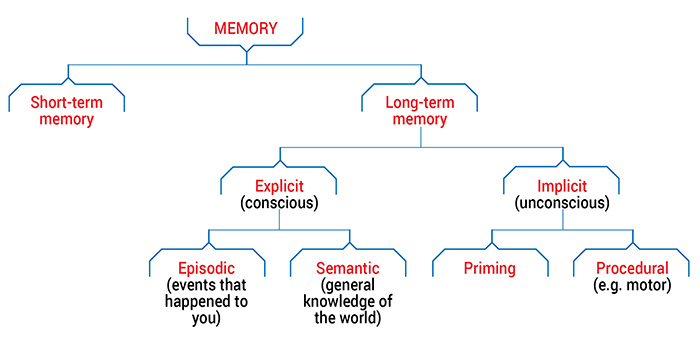
<aside> 💭
</aside>
<aside> 📋 Navigate Here 👇🏼 Summary
Study Notes Humans Around the Web Related Concepts
</aside>
<aside> 📌 THE IDEA OF
The ability to form memory is an essential trait that allows learning and the accumulation of knowledge. But what is a memory? There has been a long history of searching for the neuronal substrate that forms memory in the brain, and the emerging view is that ensembles of engram cells explain how memories are formed and retrieved. In a Review, Josselyn and Tonegawa discuss the evidence for engram cells as a substrate of memory, particularly in rodents; what we have learned so far about the features of memory, including memory formation, retrieval over time, and loss; and future directions to understand how memory becomes knowledge.
The idea that memory is stored as enduring changes in the brain dates back at least to the time of Plato and Aristotle (circa 350 BCE), but its scientific articulation emerged in the 20th century when Richard Semon introduced the term “engram” to describe the neural substrate for storing and recalling memories. Essentially, Semon proposed that an experience activates a population of neurons that undergo persistent chemical and/or physical changes to become an engram. Subsequent reactivation of the engram by cues available at the time of the experience induces memory retrieval. After Karl Lashley failed to find the engram in a rat brain, studies attempting to localize an engram were largely abandoned. Spurred by Donald O. Hebb’s theory that augmented synaptic strength and neuronal connectivity are critical for memory formation, many researchers showed that enhanced synaptic strength was correlated with memory. Nonetheless, the causal relationship between these enduring changes in synaptic connectivity with a specific, behaviorally identifiable memory at the level of the cell ensemble (an engram) awaited further advances in experimental technologies.
</aside>

The question of where and how memories are encoded and retrieved has been challenging scientists and philosophers for centuries. In 1904, Richard Semon brought up the concept of memory engrams [1 ]. He defined an engram as a physical change in the brain introduced by a particular experience. After encoding, specific cues can reactivate this engram leading to memory retrieval (ecophry). Despite highly systematic attempts to find the engram, the lack of certain technologies made it very difficult for Lashley and others to find evidence of long-lasting changes in the brain that represent particular experiences (memory trace) during the 20th century [2 ,3 ]. However, the progress in methods of labeling and manipulating specific cell groups helped find strong support for the existence of neuronal populations that contain the engram, so-called memory engram cells [4 ]. Josselyn and Tonegawa [5 ] describe three major engram evidence strategies: First, finding the activity of the same neurons during encoding and retrieval; second, manipulating this respective network of cells and investigating if this can cause retrieval (gain of function) or suppress (loss of function) respective behavioral output; third, implanting a memory by mimicking the encoding and retrieval process.